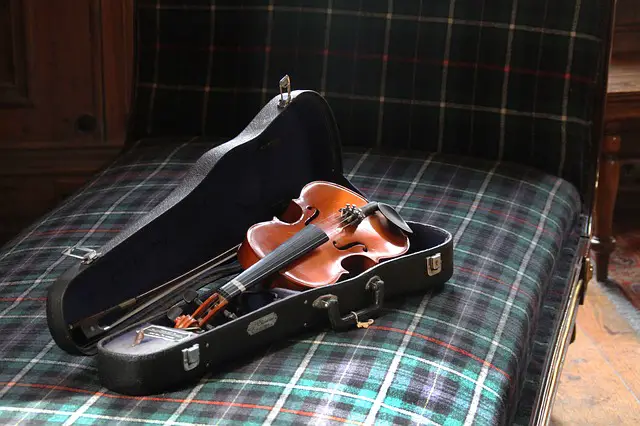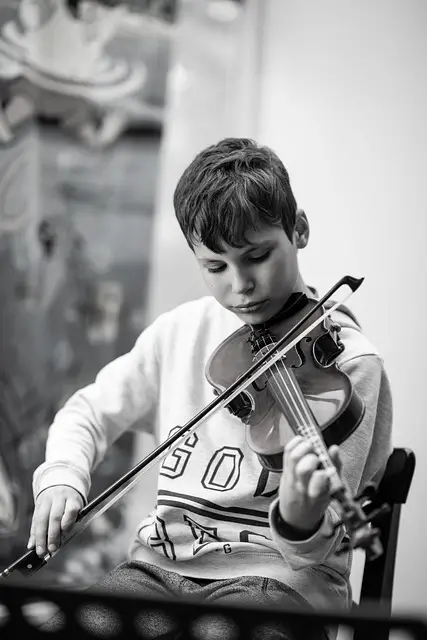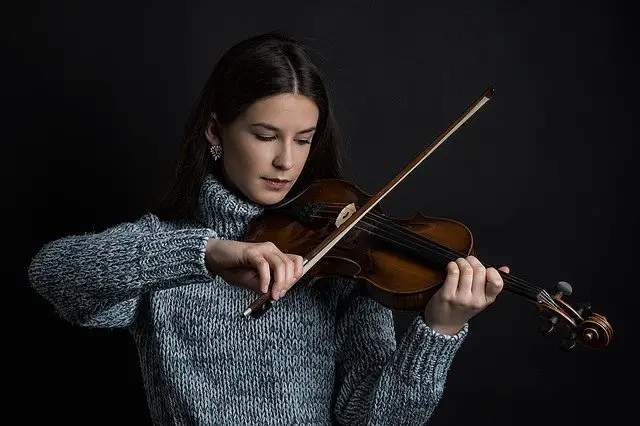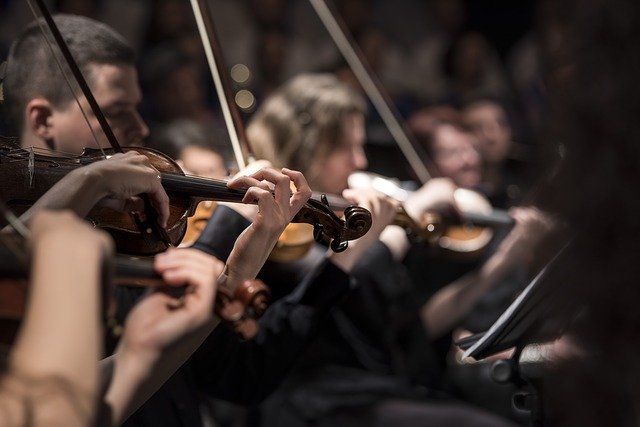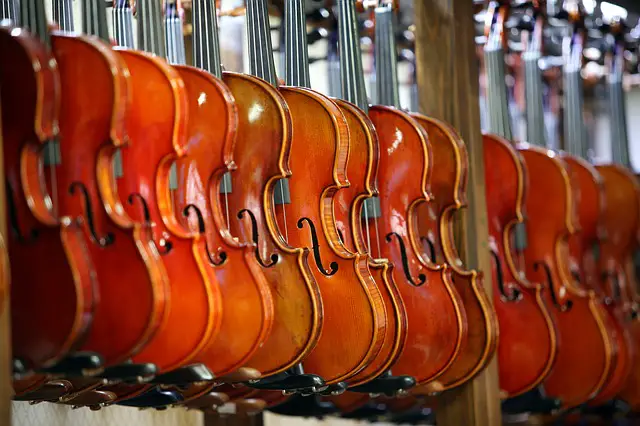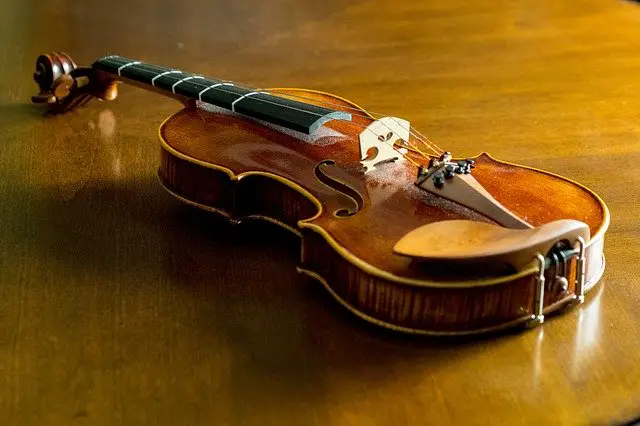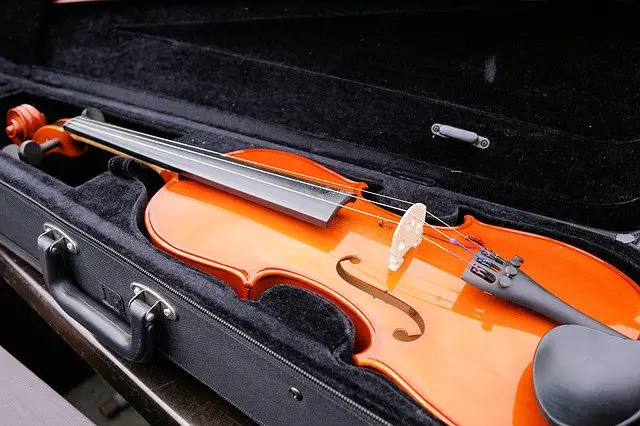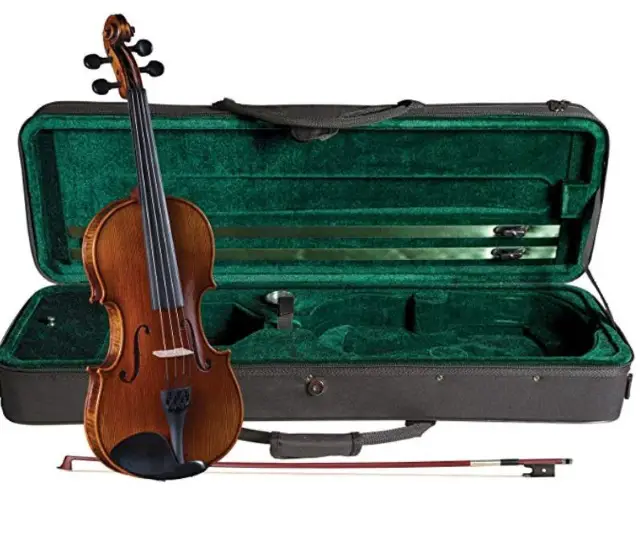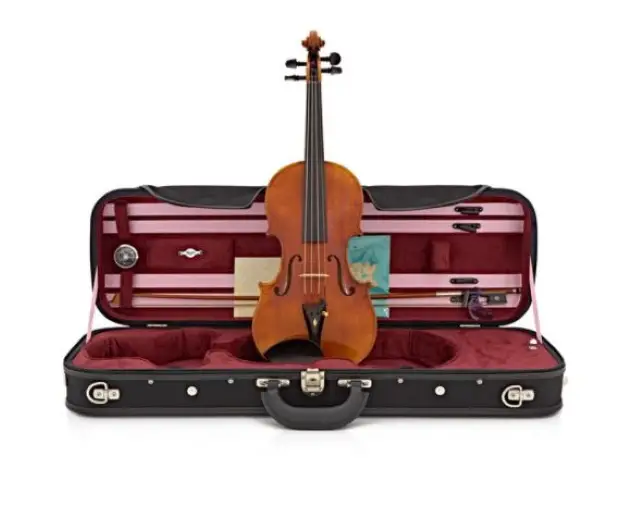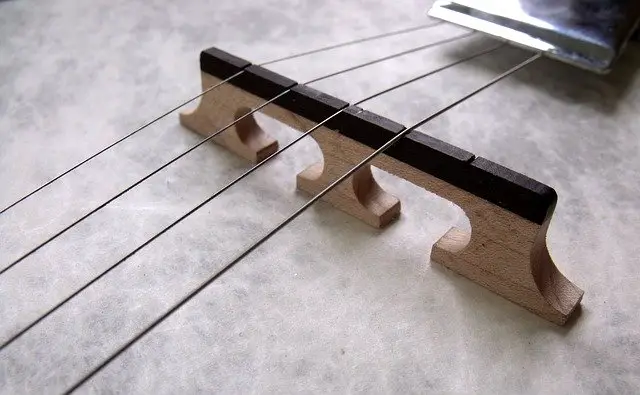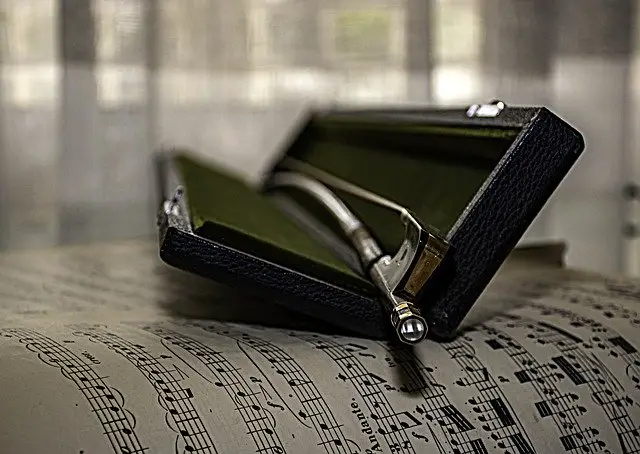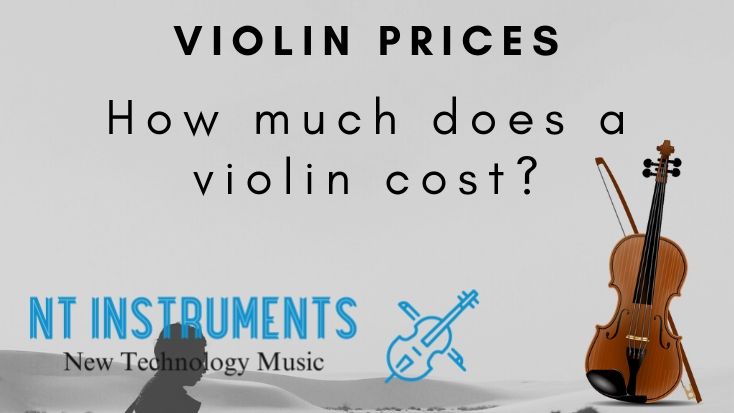
Violin Prices: How Much Does a Violin Cost?
There is a lot to think about when considering taking up the violin. The number of hours practice required for mastery, the long road to being able to play in public, the need for lessons and somewhere to practice that won’t annoy the neighbours. Most of all, it’s the violin prices that many will find off-putting.
It doesn’t have to be that way.
While it is possible to spend six figures on a violin, the beginner has no need to spend anything like that. You can even rent a violin in those very early stages. At least until you fall in love and know you’ll still with it enough to make more investment worthwhile!
If you’re a budding violinist or considering taking up the violin, how much does a violin cost in 2025? Let’s find out.
Contents
Price Range Summary
This violin price summary table offers a glimpse of the average prices you can expect to pay for a new violin. We won’t include used violin price range as they can vary massively even though buying used is a very viable way to get started.
| Student level | Price range | Check Models |
| Beginner | From around £50/$70/€60 up to around £210/$269/€240 | |
| Intermediate | From around £270/$350/€315 up to around £1,120/$1,450/€1,300
| |
| Advanced | From around £1,110/$1,440/€1,300 up to around £19,300/$25,000/€22,500
|
As you can see, there is huge variation in prices for violins.
The very top end is usually reserved for collectors or professionals at the top of their game. For the rest of us mere mortals, the lower end of the scale can still deliver a credible sound quality for much less money.
You can even buy handmade violins at the lower end of the scale if you shop carefully!
What to look for in a new violin
There are many factors that determine the value of a violin, from materials to production method, sound to aesthetics.
What you look for in a violin depends on where you are in your journey. Beginners will need different things from their instrument than a professional such as low cost, comfort, and adjustable fittings.
Beginners often opt for a violin outfit that includes everything you need to get started.
Experienced and advanced students will usually create their own outfit over time and experience. They will be more interested in the sound and aesthetics of the violin when making a buying decision.
For beginners
Read reviews, try out a few violins in a music shop, ask your violin teacher and take advice from everywhere you can.
Use all the advice you get, but in the end the decision is yours (or that of the student). You need to find a violin that feels right. That ‘rightness’ is difficult to quantify but you will know it when you feel it.
The violin should feel comfortable in position, be light enough to stay in position for hours at a time, sound good enough that it won’t hurt your ears over the years you will own it.
Most of all it should be affordable and within your price range.
For intermediate students
As an intermediate student, you should already know what fits, what feels right and what sounds good to you.
Use all this in selecting your next step up the ladder. You can spend more, but as this article will demonstrate, you don’t have to mortgage your home to afford a good quality intermediate violin.
At this level, your buying options will be more about material, quality, and sound.
There are violins out there that will serve a couple of years as an intermediate before needing to be replaced. There are also some slightly more expensive violins that could serve as an intermediate and also take you through advanced.
For advanced students
At advanced level, the entire violin market opens up for you.
It is possible to keep playing your intermediate violin if you like it or step up to a much higher quality instrument. If you made a good choice in your current purchase, there may be no need to buy another.
If you do buy an advanced violin, you’re looking at the quality and sound of an instrument that could perform in an orchestra or on stage.
You will require something that can deliver the quality of sound suitable for performance and also cope with hours of practice. If you’re not planning to perform, the world really is your oyster.
Tips for purchasing your first violin
Buying your first violin is both exciting and a little daunting. You are excited as this is the gateway to a new life as a violinist but also a little daunted as you won’t know everything to look for.
Here are some quick tips to remember when buying your first violin:
Go to a music shop
Many violins are available online but it is well worth visiting a music shop first. Unlike online violin lessons, feeling the violin is a critical part of the purchase.
You can try different shapes and styles of violin. You can try them out and listen to them. The shop assistant should be able to help you with sizing and fitting and offer valuable advice. All things you won’t get online.
Read reviews
Reviews form part of every buying decision we make and that should also be true with a violin.
Read online reviews from everywhere that has them and get a cross-section of opinions.
Remember to not take a single review as many can be biased towards one thing or another, people have their different opinions and preferences.
Use multiple reviews and build a picture of a particular make and model before you decide.
Set a budget and stick to it
It is very easy to get carried away when you’re in the moment, especially with the excitement of a new journey.
It makes sense to set a budget early and stick to it. Ask advice from your teacher, look at prices online and set something reasonable. Then stick to that budget otherwise you could be buying something you won’t get full value out of for a few years!
Invest in a better bow before a better violin
If you have the spare cash in your budget, the most effective upgrade you can make as a beginner is to buy a better quality bow. It should be lighter, easier to use and produce a more comfortable experience than the stock one.
Why the difference in cost?
The cost of a violin is something that will likely amaze and frustrate you over time. There are no set criteria that govern cost.
Stores and dealers set their own prices even though manufacturers suggest an MSRP.
Violin price range are influenced by their level and whether they are beginner, intermediate or advanced. This, in turn, is influenced by the quality of materials, construction, manufacturer and tonal quality.
At the top level, prices are influenced by maker and rarity. For example, the 1716 Messiah Stradivarius is unique and could never be reproduced so its value reflects that.
Mass-produced, easily replaceable violins are the opposite and their price reflects that.
Then comes build quality and materials.
Lower priced violins will often be factory produced. They may be hand-finished or they may not.
Higher up the ladder are the artisan-produced violins and hand-built instruments. You pay more for the higher quality materials and the ability to influence the tone and fit of the instrument.
You also pay more for the time it takes for the artisan to create that instrument which can be hundreds of hours!
Beginner student violin price range
Beginner students have the most choice in terms of makes, models, and options. Most instrument manufacturers will have at least one beginner violin in their model range as it can be a very lively market.
As a new violinist, you have three options.
- You could rent a violin until you know the instrument is for you.
- You can buy a used violin and get a better quality instrument at a lower cost.
- Or you could buy a new violin or violin outfit.
Each offers distinct advantages and disadvantages but for the purposes of this guide, we will concentrate on the last option, buying a new violin.
If you read ‘10 Best violins for beginners and intermediate students’ you will know that beginner violins can start from as little as £50/$70/€60.
For example, the Windsor 4 is a mass-produced violin outfit that costs exactly that much and delivers a very credible instrument.
At the higher end, you have the D Z Strad Violin Model 100. A much higher quality violin that will cost around £210/$269/€240.
There are more expensive options but this is the upper range for mainstream violins.
Intermediate violin price range
Buying an intermediate violin will usually involve more money but you will also have a higher quality instrument.
By now you will know that the violin is for you and will begin to develop an ear for the tone and audio quality you prefer. You can use this experience to begin selecting your violin much more carefully.
Intermediate violins will still often be mass-produced but to a much higher standard.
There are handmade violins available at this level but at the upper end of the price scale. They will all usually be constructed of the traditional ebony, maple and spruce woods with a brazilwood bow and high-quality strings. They may also include tuners and other accessories.
The range of models and variations in price is huge.
You could spend as little as £270/$350/€315 for a Cremona SV-500 Premier Artist Violin Outfit which delivers a top-class instrument along with a full hard case, good quality strings, Brazilwood bow and everything you need to develop your musicianship.
At the upper range is something like the Maestro Old spruce Stradi violin that costs around £1,120/$1,450/€1,300.
Advanced student violin price range
If you’re an advanced student, you will know exactly what you’re looking for.
You will have your ear and know the tone you’re after and will probably have aesthetic preferences too. It is in this category that your task becomes a little more difficult. You have a wide market to choose from but very specific requirements.
It can take quite a while to find the perfect instrument at the right violin price at this level.
It is at this level when you begin venturing into more handmade violins.
You can still access higher-end mass-produced models from the likes of Yamaha but the door is now open to a range of artisan instruments as well as mass-market ones. All will showcase the finest woods with the most beautiful grains, high-quality fittings, fit, strings and be everything you want from a violin.
Prices for advanced-level violins vary massively but for a quality violin, look no further than a Wessex XV Series at £2,695/$3,500/€3,150. You can get a D Z Strad SV400 for as little as £1,110/$1,440/€1,300 or you could spend a whole lot more. For example, the Scott Cao Original Kreisler 1730 Bench Violin is currently for sale and will cost you around £19,300/$25,000/€22,500.
Most expensive violin price
As you can see, a violin price range can vary hugely depending on your level and the quality of material and construction.
You could feasibly spend as little as £50/$70/€60 on a violin and go upwards steadily from there.
But what is the most expensive violin you can buy? What is the most expensive violin ever sold?
What is the most expensive violin you can buy right now?
The most expensive violin you can buy right now is that Scott Cao Original Kreisler 1730 Bench Violin.
It is a top-class violin and you pay for that privilege.
There are sure to be bespoke, handmade originals available around the world that cost more but unless you have the contacts, the Scott Cao is the most accessible.
What is the most expensive violin ever sold?
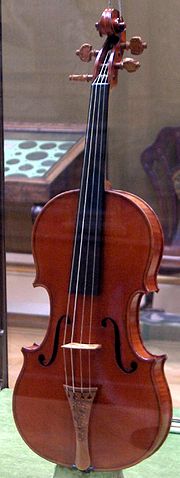
1716 Messiah Stradivarius on display at the Ashmolean Museum
The most expensive violin ever sold is the 1716 Messiah Stradivarius. Crafted by Antonio Stradivari himself and rarely played, this is the closest to a ‘new’ Stradivarius as it is possible to get. It sold to the Ashmolean Museum in Oxford, England for approximately $20 million (£15.4m/€18m).
Violin maintenance and care
Regardless of how much you spent on your violin, you should get into the habit of looking after it.
Even if you spend very little on your very first instrument, it deserves care and attention and will reward that effort with long and reliable service. Plus, when you do move up the ladder and spend a lot more on an instrument you will already be in the habit of looking after it.
Here are some violin maintenance and care tips that will keep your instrument in the best shape and always ready to play.
Always play with clean hands
Prevention is always better than the cure so make it a rule to always practice or play with clean hands and trimmed nails.
All violins, regardless of price, are sensitive to oil and contaminants on your hands and keeping them clean will prevent the majority of that from reaching your instrument.
Trimmed nails not only prevents dirt from collecting underneath but will make finding the right note much easier!
Always wipe after playing
Always wipe after playing. This is essential.
Use a soft cloth for the body, neck, fingerboard and pegs and another cloth for the strings. Varnish has a huge influence over how your violin sounds so you want to keep it in the best condition possible.
Wiping sweat, oil from your fingers and chin, rosin dust from the bow and any dirt from the violin after play should become part of your routine from the outset.
Careful when cleaning
Some chemical cleaners will damage the varnish and the strings of your violin.
Use an instrument-specific cleaner like Yamaha’s Stringed Instrument Polish. It is designed to balance mildness with cleaning power.
Use one soft cloth to apply the cleaner and a separate cloth to remove it. Don’t forget to clean your bow in the same way!
Never use solvent cleaners or products containing alcohol. They will both damage the varnish of your violin which will detract from the sound quality and the looks.
Always store your violin in its case
Even as a beginner, investing in a good quality violin case is a good place to spend your money.
If you buy an outfit with a soft case, one of your first upgrades should be a hard case. It will protect your violin from everything you put it through and allow you to transport it everywhere in safety.
Loosen the bow after use
Before you put the bow away, loosen the bow hair. This prevents the bow losing elasticity and keeps it straight and able to pull the bow hair tight when required.
Careful with the rosin
Your violin teacher should be able to show you how to correctly prepare your violin and exactly how much rosin to use on the bow hair.
Too much and the sound becomes scratchy and rosin dust lands on the violin. Too little and there isn’t enough friction between the strings to generate the tone you’re looking for.
Too much rosin can also shorten the effective life of your bow hair. This is another expense that can be avoided by learning just how much is too much.
Maintain the bridge and pegs
Keeping an eye on the bridge position and ensuring your pegs can turn is not something you need do every time you play but should be done regularly. If the bridge leans forward, you have overtightened your strings. If that happens, loosen the strings a little, adjust the bridge and correctly tighten the strings again.
The pegs are essential for keeping tune and they should always be able to move freely. If yours begin sticking, use ‘peg dope’ onto the peg to allow free movement. If your pegs slip, either remove the peg dope or have the violin checked at your local music shop.
The old mountaineering adage, ‘look after your equipment and your equipment will look after you’ is very true with violins too. Even if you only spend a little on an instrument, looking after it means it will always be there when you need it and always be ready to play when you’re in the mood. That makes spending ten minutes a day looking after your violin well worth the effort!
Conclusion: There is a right violin price for everyone
While we’ve seen that violin prices can vary widely, there are some ranges within which most people will fall depending on their skill level. If you’d like to look at more buying options, do check out this guide here.
- Viola vs Violin – 5 Key Differences Between The Two Instruments - March 20, 2024
- 15 of the Most Famous Violinists of All Time (18th Century to Present) - March 20, 2024
- Full School Band Instruments List (Elementary / Middle / High) - March 18, 2024

